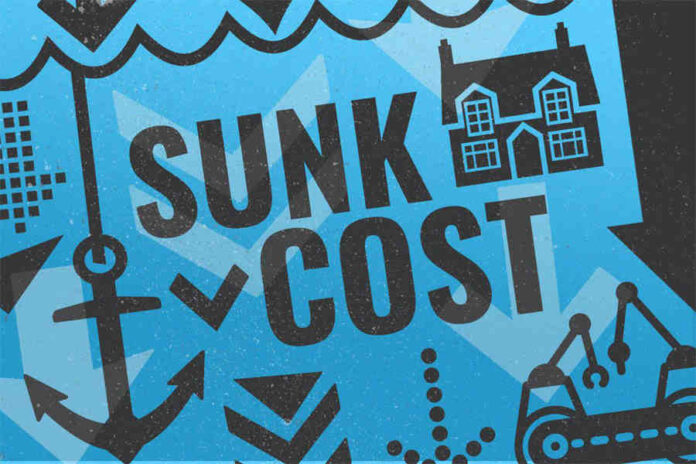The Sunk Cost Trap, also known as the Sunk Cost Fallacy, refers to the phenomenon where individuals continue investing in a business or project due to the amount already spent, rather than considering the future benefits. This trap encompasses the time, money, and resources already invested. For instance, people often finish watching a bad movie at the theater or eat unsatisfactory food just to avoid feeling like their money was wasted.
Key Aspects of the Sunk Cost Trap
Emotional Attachment
Emotional ties to previous investments can cloud judgment, preventing sound decision-making. This attachment often leads to poor choices.
Irrational Decisions
In an attempt to save old investments, individuals might continue pouring resources into losing ventures. Wisdom lies in making new investment decisions with future benefits in mind.
Business Implications
The sunk cost trap can lead to the proliferation of unprofitable projects, poor financial decisions, and missed opportunities for new profitable ventures.
Examples
- Continuing to fund a failed product
- Staying in a broken relationship
- Holding onto declining stocks
Strategies to Avoid the Sunk Cost Trap
Future-Focused Decision Making
Prioritize future outcomes over past investments. Cut losses and set investment limits to prevent falling into the trap.
Turning the Sunk Cost Trap into a Business Advantage
Learn from Mistakes
Analyze past investment errors and understand the insights to avoid repeating them.
Improve Decision-Making Framework
Establish a robust framework for decision-making that includes regular reviews of ongoing projects and guides future project decisions.
Resource Allocation
Awareness of sunk costs helps allocate resources effectively. Focus on projects with actual profit potential and stop investing in failing ventures.
Flexibility and Adaptability
Foster a culture that values flexibility and adaptability. Encourage team members to improve project outcomes and abandon non-performing projects.
Financial Discipline
Maintain financial discipline by setting clear financial limits. This helps in making rational financial decisions and knowing when to cut losses.
Communication and Transparency
Ensure open communication and transparency about project potential. Regularly update stakeholders on project closures and future directions.
Promote Innovation
Learn from past failures to inform new innovations. Correct previous mistakes to improve future projects.
Training and Education
Educate your team about the sunk cost trap. Informed and aware employees are less likely to make poor decisions based on past investments.
By applying these strategies, you can avoid the sunk cost trap and make better business decisions, ultimately minimizing losses and enhancing future success.

